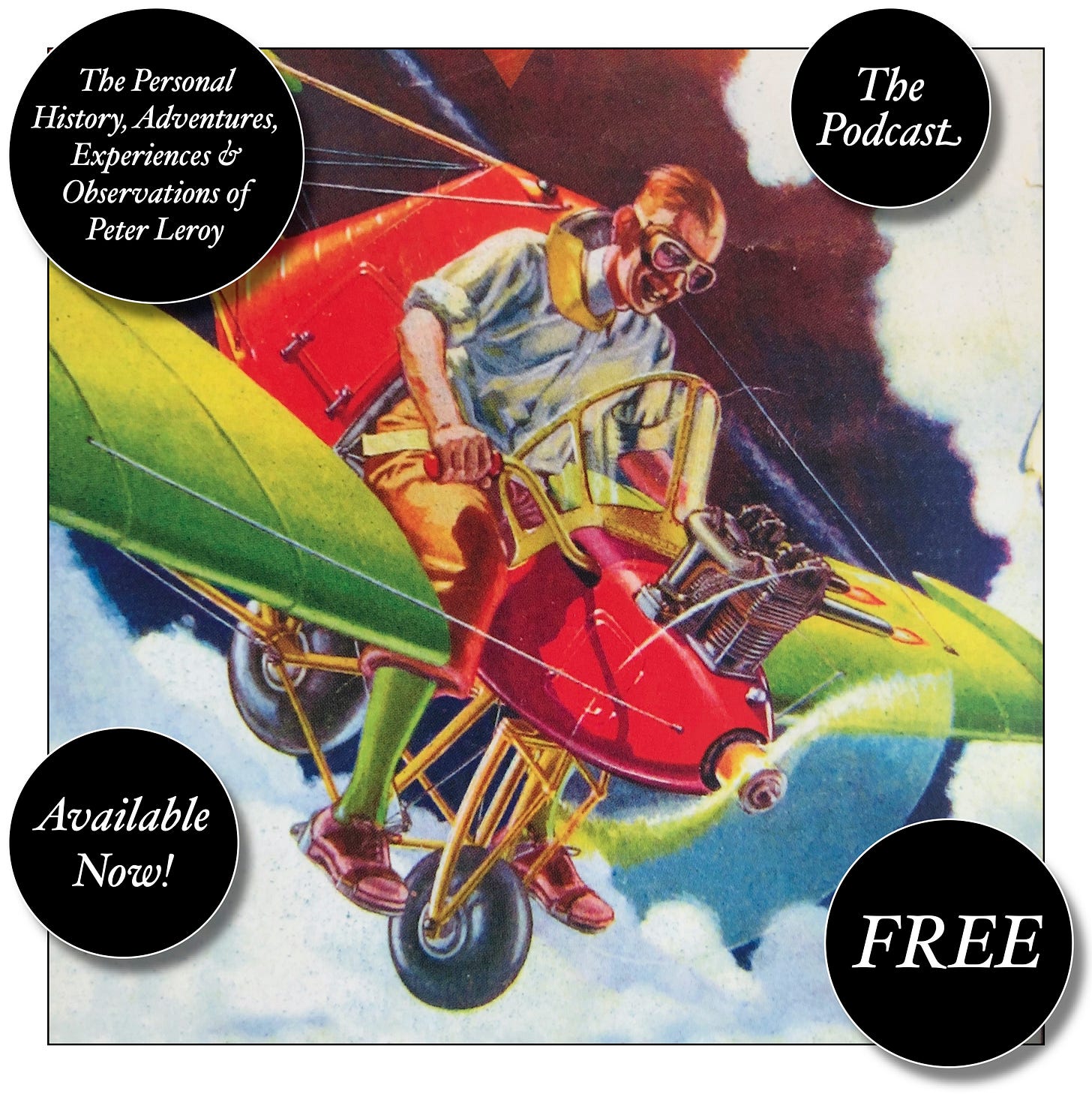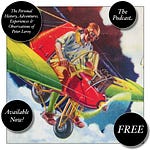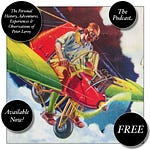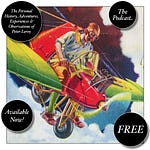38
MARGOT AND MARTHA got most of the secrets out of me in the first week. On the way home from Love and War in Dusty Rome, playing the parts of the circus acrobats Angela and Angelina, they took turns riding piggyback on my shoulders and interrogating me.
Angela: “So, Carlo, what’s going on?”
“What do you mean, ‘What’s going on?’”
Angela: “I mean, what’s going on?”
“I’m doing a little work for your father.”
Angelina: “What kind of work? What work can you do?”
“You’d be surprised what I can do!”
Angela: “What can you do? What are you doing? You sweep up the studio? What?”
“No, no. More difficult. Difficult work.”
Angelina: “You clean the rollers? Is that it? That’s the big secret? You clean Our Father’s rollers?”
“No! Certainly not! What I’m doing not everybody could do.”
Angela: “Well, I can’t believe that.”
Angelina: “If you’re doing it, anybody could do it.”
“Ha! Could anybody take those sloppy drawings of the students, in which your hand, Angela, your beautiful hand, is bent and gnarled like the hand of an arthritic village crone, and make it young and smooth and beautiful again? Could anybody take a drawing in which your eyes, your beautiful eyes, little Angelina, are lined up all lopsided, as if the left half of your face had begun to melt in the heat of a Roman summer, and gently massage it back into position so that you have a level gaze again?”
Margot: “So that’s it!”
Martha: “Let us see!”
“I can’t. It’s supposed to be a secret.”
Margot: “Well, we all have our secrets, Peter.”
“I—”
Martha: “It’s a question of which secrets you’re willing to share.”
I let them into the studio and showed them a few of the drawings. For a little while, I let them stand behind me and look over my shoulders while I worked. Then I grew too nervous about their being there, and about the possibility of our being discovered, and I insisted that they leave.
At the door, I said, “Who’s the other girl who models?”
“What other girl?” Margot asked.
“Isn’t there another girl? A dark-haired girl?”
“No. Nobody but us.”
“You’re sure?”
“I’m sure,” said Martha. “At least, I was sure. I think I’m still sure, but now that I see all the secrecy around here, maybe I’m not so sure.”
“Don’t be ridiculous,” said Margot. “There’s no other model—just us.”
Martha asked, “Will you come up later?”
“If I can get finished here.”
“Come on up anyway,” said Margot. “Quit early.”
“I can’t do that,” I said. “I have to finish. Your father’s counting on me. It’s a question of trust.”
“Oh, right,” said Margot. “Trust.” She closed the door behind her.
I went to work, and for a while I worked without distraction, almost without thinking, until the first drawing was nearly completed.
I dipped my fingers in my tea, gauged the distance, and flicked a drop onto my version of the drawing, a smaller drop than the drop that marred the original. It was finished. I put the original into the pile that Andy would use for his analysis, put the improvement on the stack to be returned to the students, and began on the next one at once.
This was a tricky one. The artist, bowing to the urge that makes us prune trees and salt soup, had given Margot’s face an inaccurate symmetry, padded her little breasts, omitted the tiny scar on her ankle, and given her her sister’s fuller lips. Margot wouldn’t like that, but I could see that it was the wish of the artist to alter her this way, so I was going to have to achieve a subtle compromise, an illusion that would alter in the eyes of the beholder, giving him a little of what he wanted, and a little more of what he needed.
I examined the paper for flaws and selected from my categorized piles of fresh sheets one that was similarly blemished. Then I prepared the ground, rubbing stains and waxes into the surface of the paper to match the smudges and blotches that framed this greasy-fingered student’s work.
I heard a sound from upstairs. One of the girls turning in her bed? I walked to the foot of the stairs and stood there awhile, listening. Nothing. I walked back to the table where the students’ drawings were stacked and picked up the drawing of Margot to give it a closer look. That sound again. It tugged at my attention, made me turn from the work, and whenever I turned from the work, I thought about the nature of the work in a way that I never did when I was actually doing it. Wasn’t there something wrong with what I was doing? Wasn’t it dishonest? Maybe, but wasn’t it for a good cause? Besides, wasn’t I giving the students the encouragement they needed to continue with their lessons? Weren’t those lessons for their own good? Didn’t Andy need the product of their efforts for his own work? Didn’t he need my work in order to do his? Weren’t we in this together? Wasn’t it all about trust, somehow? Couldn’t he trust me? Couldn’t I trust him? Could we trust anyone else? Could we really trust each other? Hadn’t I betrayed him by telling Margot and Martha what I was up to?
I caught myself pacing the room and wringing my hands, and I told myself to get back to work. I turned toward the table where the drawings lay, and I glanced again at the drawing of Margot. Just for a moment I was sure that I saw a drawing of the other girl, the dark-haired one. I lifted the drawing, to look at it more closely, and as soon as I moved the paper she disappeared. It was, as it had been, a drawing of Margot. However, it was a drawing of Margot in which there was evidence of interference. Earlier, I’d recognized in the false fullness of her lips the evidence of interference from Martha, and now I was sure I detected a trace of some interference from another girl, the other girl, the dark-haired one.
I began flipping through all the drawings, looking for other traces of her. I arranged the best examples on the big table in the center of the room. For an hour I circled the table, tracing the likely parts of the drawings with my eyes and a pencil held above the paper, as close as I could get to the surface without touching it, practicing the drawings I would make at the easel, until my back was tight and aching, and my right arm trembled.
Then I went back to the easel and a fresh sheet of paper, and very tentatively I began to draw her, using only the tiny bits that the students’ drawings definitely had in common, or seemed to have in common, or that I felt fairly certain they probably had in common. In a few minutes I had recorded every trace of the dark-haired girl that I’d been able to infer from the drawings of Margot and Martha:
It wasn’t much. I was surprised to see how timid I was, how conservative I was about interpreting the data the drawings had supplied me. Apparently, I wasn’t certain about much beyond her hair.
I was exhausted, but I still had to finish Andy’s work. That took a couple of hours. When I was done, I put out the lights, lay down on the cot, and fell asleep at once. I didn’t wake until I heard Andy knocking on the studio door and calling to me, as he always did, “Peter? Are you still asleep? Time to wake up. How did it go last night? Did your work go well?”
[to be continued]
Have you missed an episode or two or several?
You can begin reading at the beginning or you can catch up by visiting the archive or consulting the index to the Topical Guide. The Substack serialization of Little Follies begins here; Herb ’n’ Lorna begins here; Reservations Recommended begins here; Where Do You Stop? begins here; What a Piece of Work I Am begins here; At Home with the Glynns begins here.
You can listen to the episodes on the Personal History podcast. Begin at the beginning or scroll through the episodes to find what you’ve missed. The Substack podcast reading of Little Follies begins here; Herb ’n’ Lorna begins here; Reservations Recommended begins here; Where Do You Stop? begins here; What a Piece of Work I Am begins here; At Home with the Glynns begins here.
You can listen to “My Mother Takes a Tumble” and “Do Clams Bite?” complete and uninterrupted as audiobooks through YouTube.
You can ensure that you never miss a future issue by getting a free subscription. (You can help support the work by choosing a paid subscription instead.)
At Apple Books you can download free eBooks of Little Follies, Herb ’n’ Lorna, Reservations Recommended, and Where Do You Stop? and What a Piece of Work I Am.
You’ll find overviews of the entire work in An Introduction to The Personal History, Adventures, Experiences & Observations of Peter Leroy (a pdf document), The Origin Story (here on substack), Between the Lines (a video, here on Substack), and at Encyclopedia.com.















Share this post